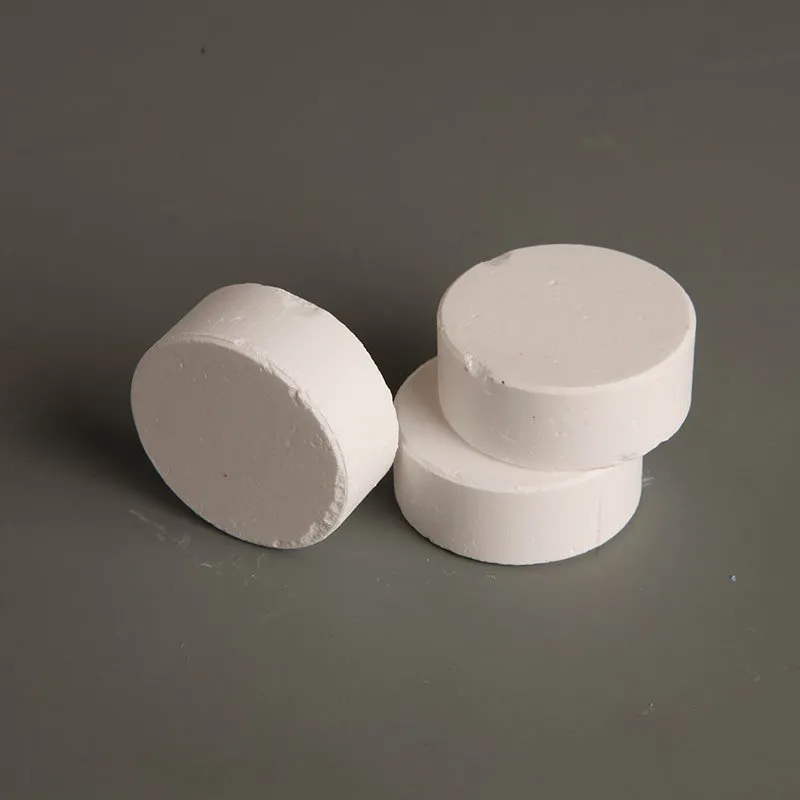



antifoam water treatment
The Importance of Antifoam in Water Treatment
Water treatment processes are essential for ensuring that the water we use for drinking, irrigation, industrial processes, and other purposes is clean and safe. One common challenge in many water treatment applications is the formation of foam. This not only complicates treatment processes but can also lead to operational inefficiencies. Antifoam agents have emerged as a crucial solution, optimizing water treatment operations while maintaining environmental and health standards.
Understanding Foam Formation
Foam is formed when gas bubbles are trapped in a liquid, typically caused by the presence of surfactants. In water treatment facilities, foam can form during various processes, particularly in aeration and biological treatment systems. While some foaming can be benign, excessive foam can hamper the treatment process, leading to overflow, increased maintenance, and even potential regulatory issues.
Foam can act as a significant barrier to oxygen transfer in aeration tanks, reducing the overall efficiency of biological treatment processes. This can result in incomplete breakdown of organic matter and the generation of odor, leading to further complications in treatment processes. Hence, foaming isn't just a nuisance; it poses a significant challenge that must be addressed to ensure optimal water treatment.
The Role of Antifoam Agents
Antifoam agents are chemical compounds designed to prevent or reduce foaming in liquids. They work by destabilizing the foam bubbles, leading to their collapse and reducing the overall surface tension of the liquid. In water treatment, these agents are critical for maintaining process efficiency.
The two primary types of antifoam agents are oil-based and water-based formulations. Oil-based antifoams, such as silicone or certain vegetable oils, are effective in breaking down foam in high-viscosity systems. Water-based antifoams are often emulsions or surfactants that work well in lower viscosity systems. Choosing the right agent depends on the specific water treatment application and the composition of the wastewater being processed.
Benefits of Using Antifoam in Water Treatment
antifoam water treatment

1. Operational Efficiency By controlling and reducing foam, antifoam agents enhance the process efficiencies in treatment facilities. This leads to improved oxygen transfer rates in aeration systems and ensures that biological processes work optimally.
2. Cost Reduction Effective use of antifoams can lead to reduced operational costs. With fewer maintenance issues related to foam control, facilities can save on labor and material costs associated with dealing with spills and overflows.
3. Regulatory Compliance Many water treatment facilities operate under strict regulatory frameworks that mandate specific performance standards. By reducing foam in the treatment process, antifoams can help facilities meet these standards, thereby avoiding fines or other penalties.
4. Environmental Protection Excess foam can lead to problems in receiving waters if not controlled, such as the introduction of pathogens or organic loading that can harm aquatic ecosystems. By using antifoams, treatment facilities can minimize these risks and protect the environment.
5. Versatile Applications Antifoams can be applied across various water treatment scenarios—from municipal wastewater treatment to industrial applications, including the treatment of food production effluents or chemical plant wastewater.
Considerations for Use
While antifoams provide significant benefits, it is essential to manage their application carefully. Overuse can lead to other issues, such as the formation of emulsions or reduced efficiency in some biological processes. Additionally, care should be taken to select antifoam products that are compatible with the treatment chemicals being used, as well as those that ensure the safety of the treated water.
Conclusion
The introduction of antifoam agents into water treatment procedures signifies a crucial advancement in managing foaming issues that can hinder efficiency and regulatory compliance. These agents contribute significantly to cost-effectiveness and environmental protection, ensuring that water treatment processes can effectively produce clean and safe water for various uses. As the industry continues to evolve, the importance of antifoam agents in facilitating optimal water treatment processes cannot be overstated. By addressing the foaming challenge, we pave the way for more efficient, sustainable, and effective water management practices.
-
Why Sodium Persulfate Is Everywhere NowNewsJul.07,2025
-
Why Polyacrylamide Is in High DemandNewsJul.07,2025
-
Understanding Paint Chemicals and Their ApplicationsNewsJul.07,2025
-
Smart Use Of Mining ChemicalsNewsJul.07,2025
-
Practical Uses of Potassium MonopersulfateNewsJul.07,2025
-
Agrochemicals In Real FarmingNewsJul.07,2025
-
Sodium Chlorite Hot UsesNewsJul.01,2025










